During a school trip, four high school girls are stranded on a deserted island, setting off a mad tale of deserted island life. One of the girls, Onijima Homare, is a highly skilled survivor, having traveled the world with her former military father and been shipwrecked in various places. Today, we'll introduce some of the survival techniques Homare taught us during her time on the island. Knowing these may come in handy someday!
Desert Island Survival Techniques #10: Diving Techniques

Homare uses hyperventilation when diving into the ocean to find food. This breathing technique involves taking deep breaths quickly to reduce the amount of carbon dioxide in your blood, allowing you to dive longer than usual. However, beginners should be careful as this can make it difficult to determine your limits and may even cause you to lose consciousness underwater. If you don't have goggles, you can make improvised goggles by holding your breath around your eyes underwater. Please give this a try.
Desert Island Survival Tips #9: Catching Pit Vipers at Night
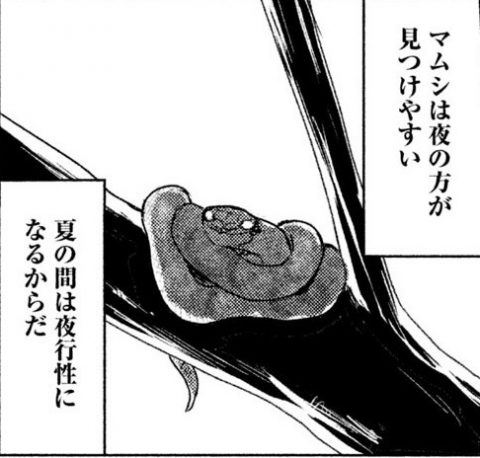
Snakes are also a valuable food source. If you want to catch a pit viper, it's best to do it at night. During the summer, pit vipers become nocturnal. Once you've got their heads under control, they're yours. Apparently, they're quite tasty!
Deserted Island Survival Tips #8: Patch Test

Homare and Asuka go into the forest looking for food. One day, Asuka discovers a vegetable that looks like taro. However, she's not sure if it's edible. In those cases, she performs a patch test. To test whether the vegetable is poisonous or not, she applies some food to the sensitive part of the skin and rubs it on. Unfortunately, if it causes inflammation, it's poisonous.
Deserted Island Survival Tips #7: Signs of Rain
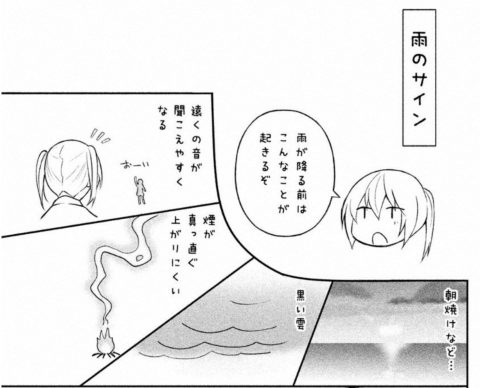
Knowing the weather is essential for survival. Remember the signs before rain: a sunrise, dark clouds, smoke that's difficult to rise in a straight line, and distant sounds that become easier to hear. Fluffy hair is also a sign. Some birds only fly low before rain, so it might be a good idea to remember those signs as well.
Deserted Island Survival Tips #6: Fishing
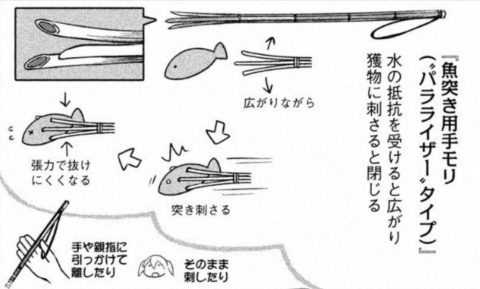
Even if you want to catch a fish, you can't get anywhere without the right tools. But what if you don't have the right tools? So you have no choice but to make them. That's when I made this forest. It's described as a paralyzer type. Underwater, it expands due to water resistance, making it impossible to remove. Also, if you don't have pancreatic cancer, you can see underwater clearly by floating a bottle on the surface!
Desert Island Survival Tips #5: Chimney
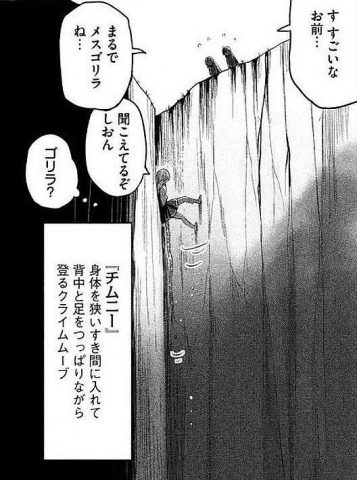
If you ever find yourself falling off a narrow cliff, try the chimney. It's a climbing move where you squeeze your body into a narrow gap and brace your back and legs to climb. Of course, it's still a dangerous method, so please be mindful of safety.
Deserted Island Survival Tips #4: A Shelter is Essential

Unfortunately, if humans cannot maintain body temperature, they will face death in a survival situation. If you find yourself living on a deserted island, immediately build a shelter (with a roof). Wet clothing will rob you of body heat 25 to 50 times faster than normal. Rather than hiding in the shade of a tree, it's a good idea to create a shelter, even if it's just a cave or a simple rain shelter made from weighted tree branches!
Desert Island Survival Tips #3: How to Preserve Meat
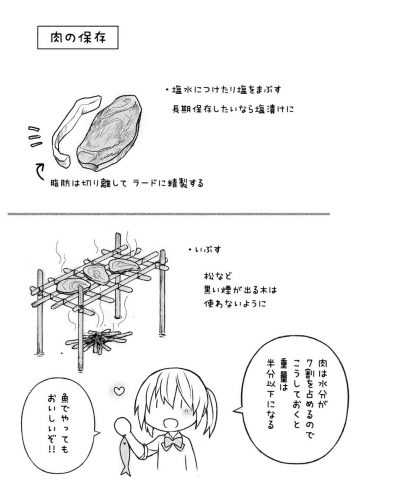
If you manage to get meat, preserve it! The Inuit people seem to eat a lot of it while it's fresh, but it's up to you. To preserve meat, soak it in salt water and smoke it. Separate the fat. You can probably make lard out of it, right? And when smoking, it's best to use something that doesn't produce black smoke. Fish is also delicious!
Deserted Island Survival Tips #2: Protecting Yourself from Lightning

During lightning strikes, underwater is dangerous. Haven't you sometimes wondered why fish are safe when lightning strikes the ocean? Because electricity doesn't conduct electricity underwater. The surface of the water is dangerous. Putting that aside, Homare teaches us how to protect ourselves during lightning strikes. Apparently, it's relatively safe to be 4 meters away from tall lightning rods, at a 45-degree angle. You know all about it, don't you?
Deserted Island Survival Tip #1: Freshly Produced Urine is Sterile

Freshly Produced Urine is Sterile and Potable. The first step in desert island life is securing water. Humans can survive three weeks without food, but only three days without water. Before being stranded on the desert island, the girls faced the risk of dehydration on the raft. Homare's solution was to try to get the other girls to drink her own urine. It seems that freshly Produced Urine is sterile and safe to drink.
Desert Island Survival Tips: Finally, No Embarrassment Required

This isn't so much knowledge as it is mindset. Her father, a former soldier, firmly states that embarrassment is unnecessary in a survival situation. It's certainly dangerous to let embarrassment hold you back when your life is in danger. Homare, who inherited her father's teachings, couldn't help but say "Nice job!" to Asuka, who was wearing no panties.




